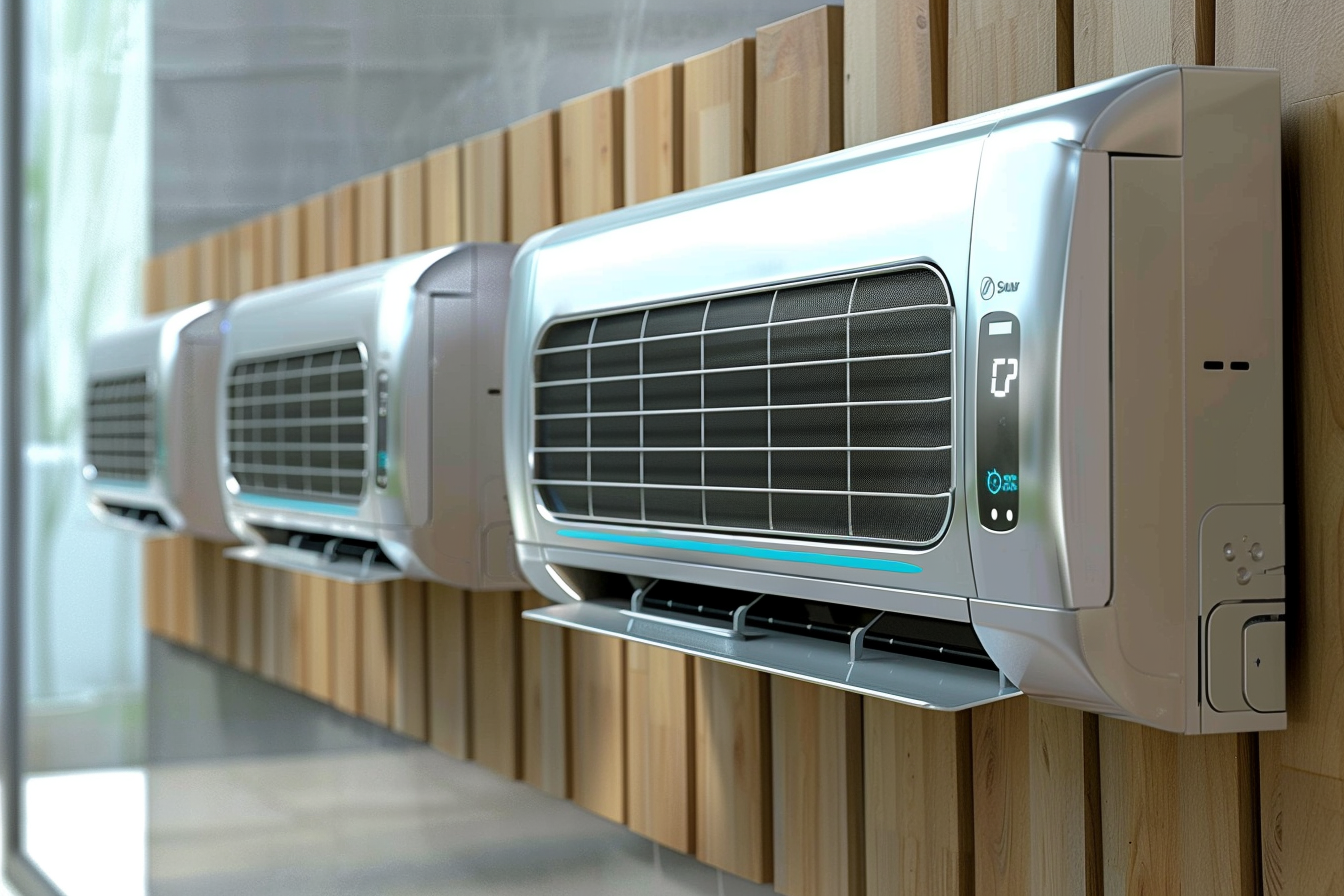Ceiling Fans: Practical Guide for Home Comfort
Ceiling fans are a long-standing option for circulating air and improving comfort in homes. They work quietly in many residential settings, can complement interior styles, and support temperature regulation when used alongside heating and cooling systems. This article explains practical uses, selection factors, and basic maintenance for a household ceiling fan.

Residential layout and ceiling fan placement
Placement affects how well a ceiling fan serves a residential space. In bedrooms and living rooms, center mounting often provides the most even airflow; rooms with high or vaulted ceilings may require downrods or angled mounts to position the blades at an effective level. Ensure there is at least 7 feet of clearance from the floor to the blades (and 18 inches from walls for optimal airflow) when possible.
Consider room function and furniture layout when planning fan placement. In dining areas, a smaller-diameter fan positioned over the table can provide gentle circulation without creating drafts. In open-plan spaces, multiple fans placed in a balanced pattern can move air more effectively than a single large unit.
How ceiling fans support climate control
A ceiling fan does not change a room’s temperature, but it changes how occupants perceive temperature by producing a wind-chill effect. In warm months, a fan set to rotate counterclockwise pushes air downward, creating a cooling breeze. In cooler months, reversing the motor to clockwise at low speed can draw cool air up and push warm air near the ceiling down the walls, helping distribute heat more evenly.
Using a ceiling fan with your HVAC can reduce the need to lower the thermostat, which may save energy when cooling. Because fans consume far less electricity than air conditioners, integrating them into a climate control strategy—running fans only when rooms are occupied and adjusting thermostat settings appropriately—can improve overall comfort while reducing operational costs.
Interior design and ceiling fan choice
Selecting a ceiling fan that complements your interior involves balancing aesthetics with function. Fans come in finishes from brushed nickel to painted wood-grain blades, and blade shapes and light kit options affect both appearance and performance. Choose a style and scale that matches your room: compact fans for small rooms, larger blade spans for open-concept spaces.
Also consider materials and finish durability based on the room’s conditions. For bathrooms or covered outdoor areas, select fans rated for damp or wet locations to prevent moisture-related damage. Lighting integration—such as diffused LED modules—can reduce clutter from separate fixtures and contribute to a cohesive interior design.
Ceiling fan types and features
Ceiling fans vary by blade span, motor type, and control interface. Common motor technologies include AC motors (widespread and lower cost) and DC motors (more efficient and quieter, with finer speed control). Blade spans typically run from 29 inches for small rooms to 72 inches for large spaces; choose based on room square footage and ceiling height.
Modern features to consider are multi-speed controls (pull chain, wall control, or remote), integrated lighting with LED modules, reversible motors, and smart connectivity for scheduling and energy monitoring. A fan’s airflow is often measured in cubic feet per minute (CFM); higher CFM indicates greater airflow, but efficiency matters too—look for fans that provide good CFM per watt if energy use is a concern.
Home installation and routine maintenance
Proper installation ensures safety and optimal performance in the home. A fan should be mounted to a ceiling box rated for fan loads and securely fastened to framing or a fan-rated brace. If electrical work is required, follow local codes and consider hiring a licensed electrician for wiring and verification, especially where ceiling boxes or new circuits are involved.
Routine maintenance includes cleaning blades to prevent imbalance and dust buildup, checking and tightening canopy and blade screws annually, and lubricating motors if recommended by the manufacturer. If you notice wobble, re-tighten blades and ensure the mounting and blade arms are secure; persistent wobble may indicate a bent blade or loose motor coupling that needs repair.
Conclusion
Ceiling fans are a versatile, energy-conscious component of many homes, offering perceptible comfort improvements without large energy demands. Matching fan type and placement to room size and interior style, using fans in concert with existing climate control systems, and performing simple maintenance can extend a fan’s useful life and performance. Thoughtful selection and installation help ensure a ceiling fan contributes effectively to a comfortable residential environment.





